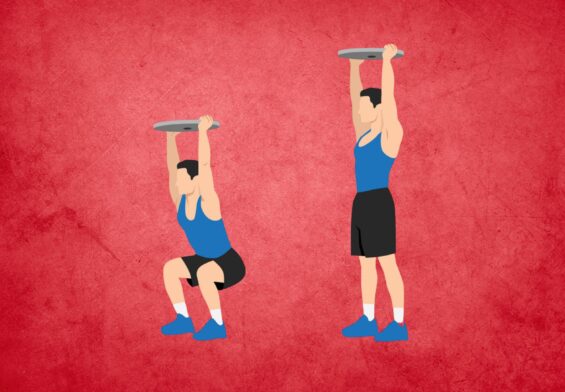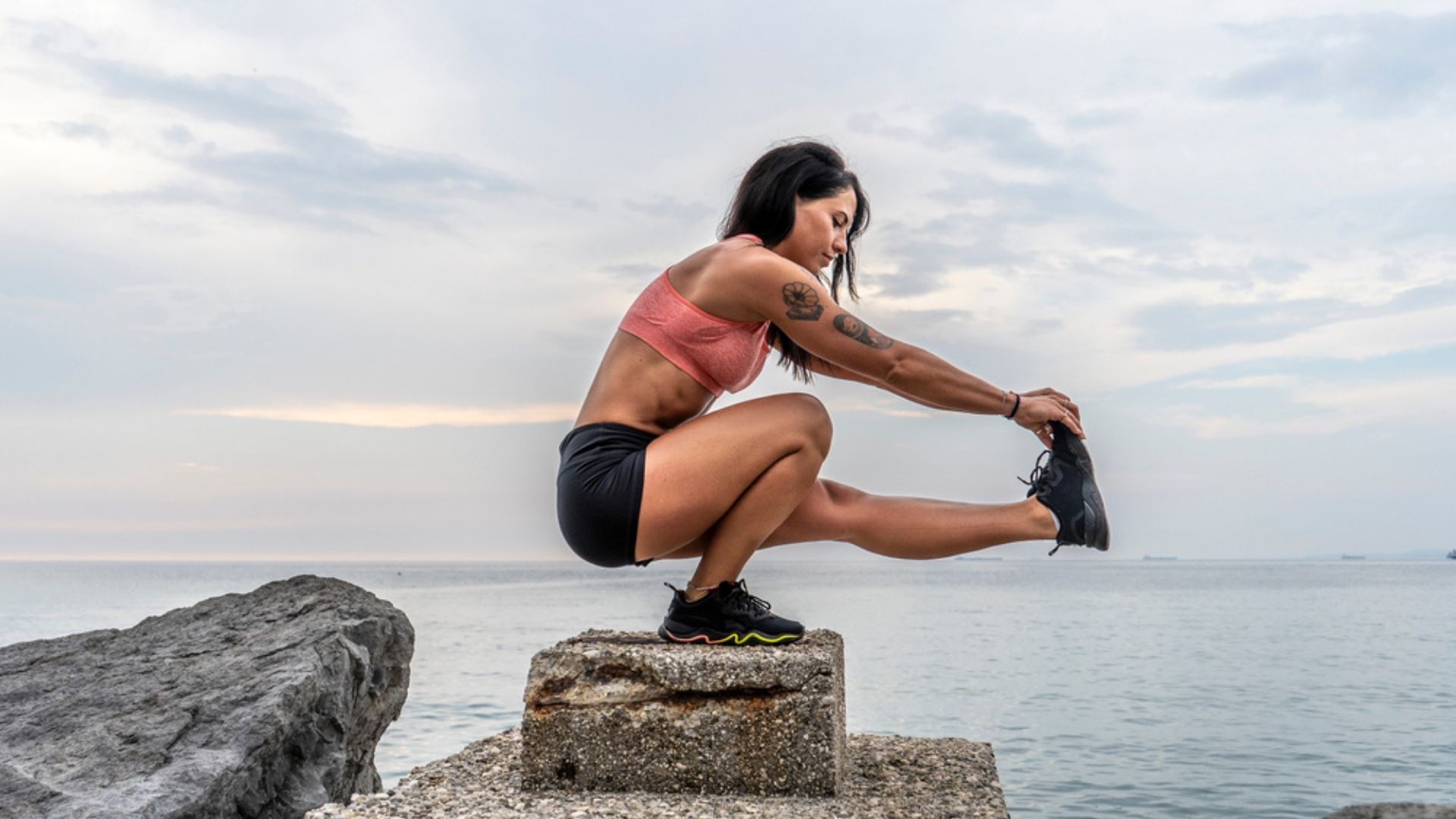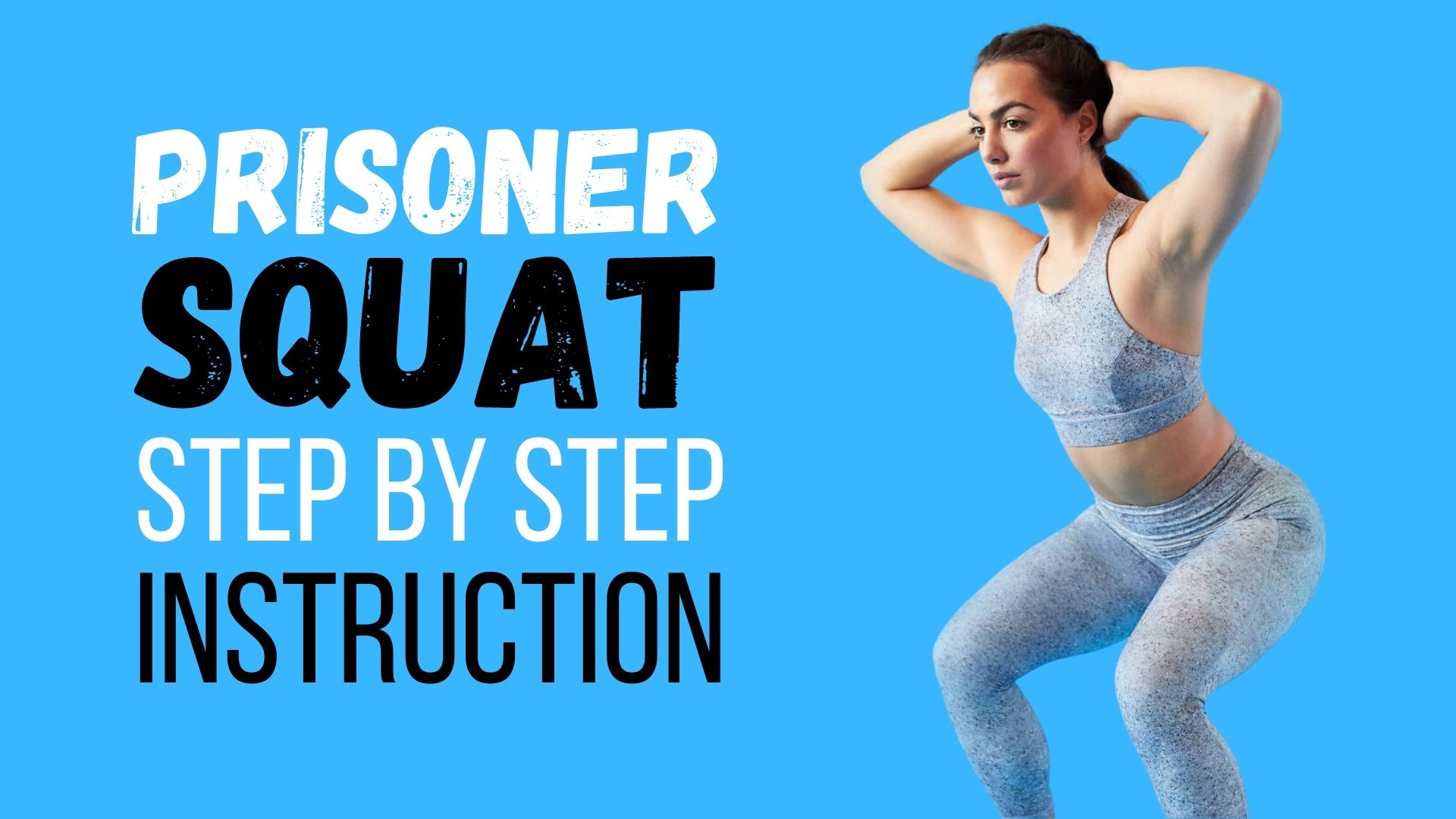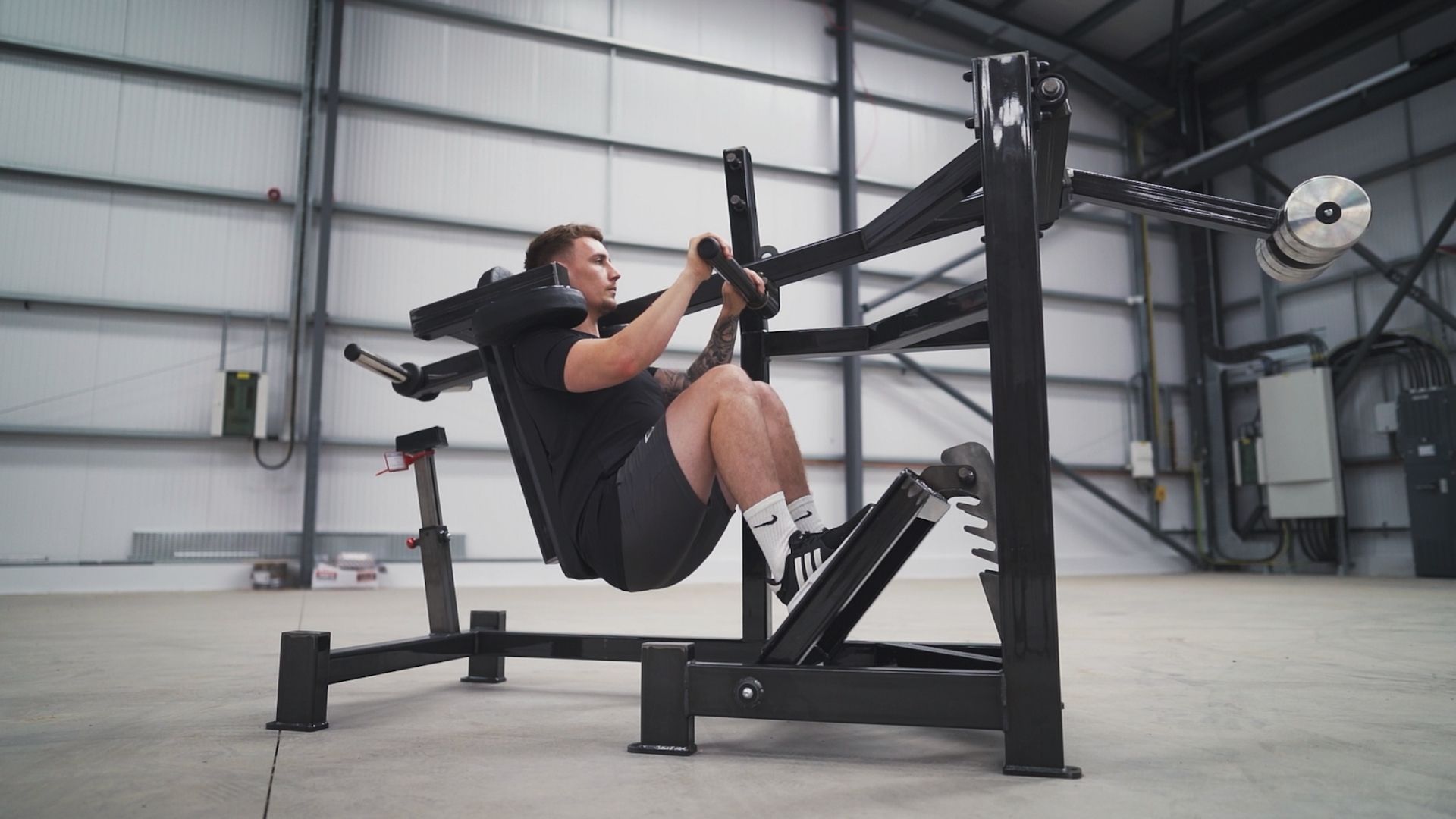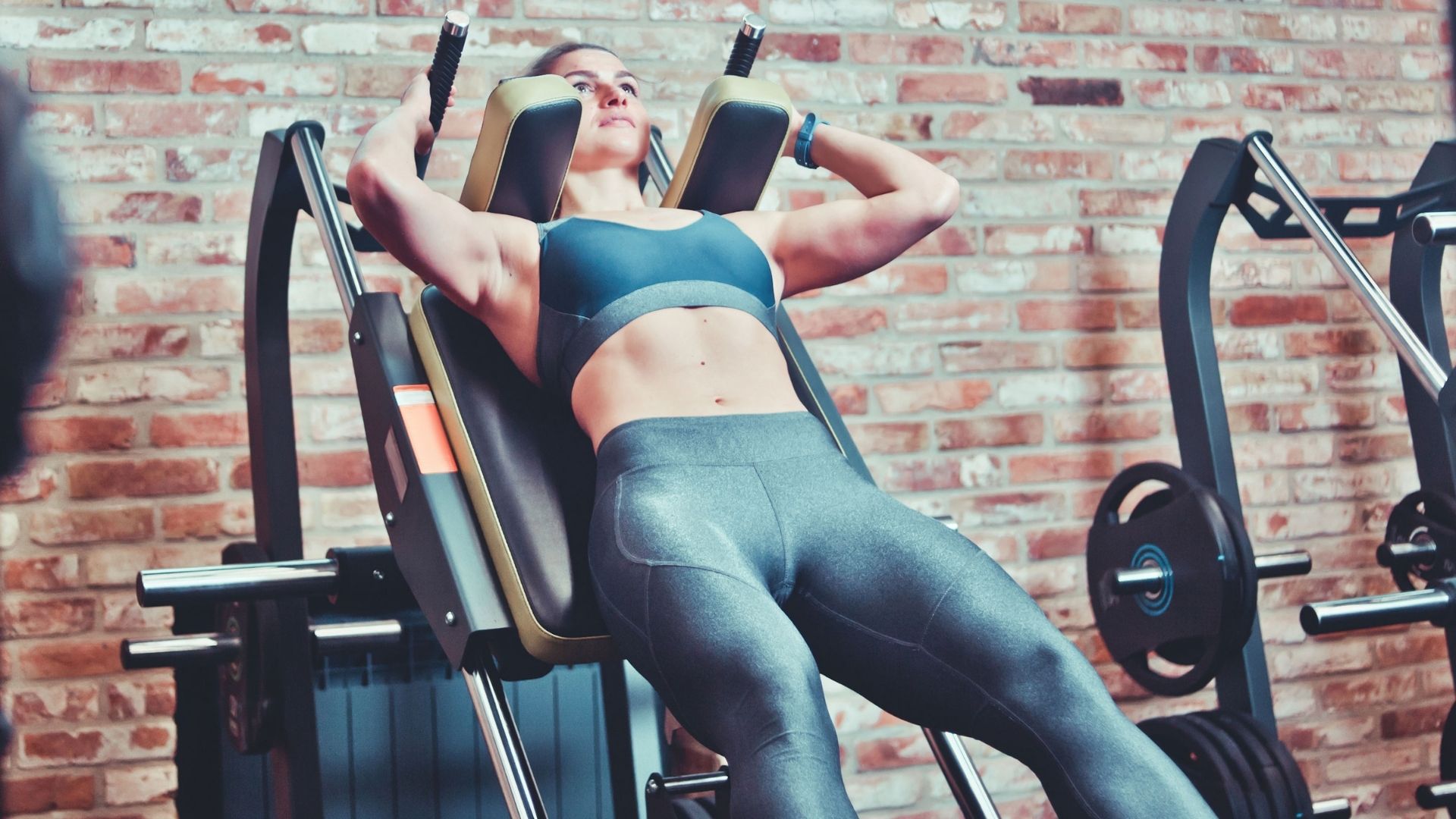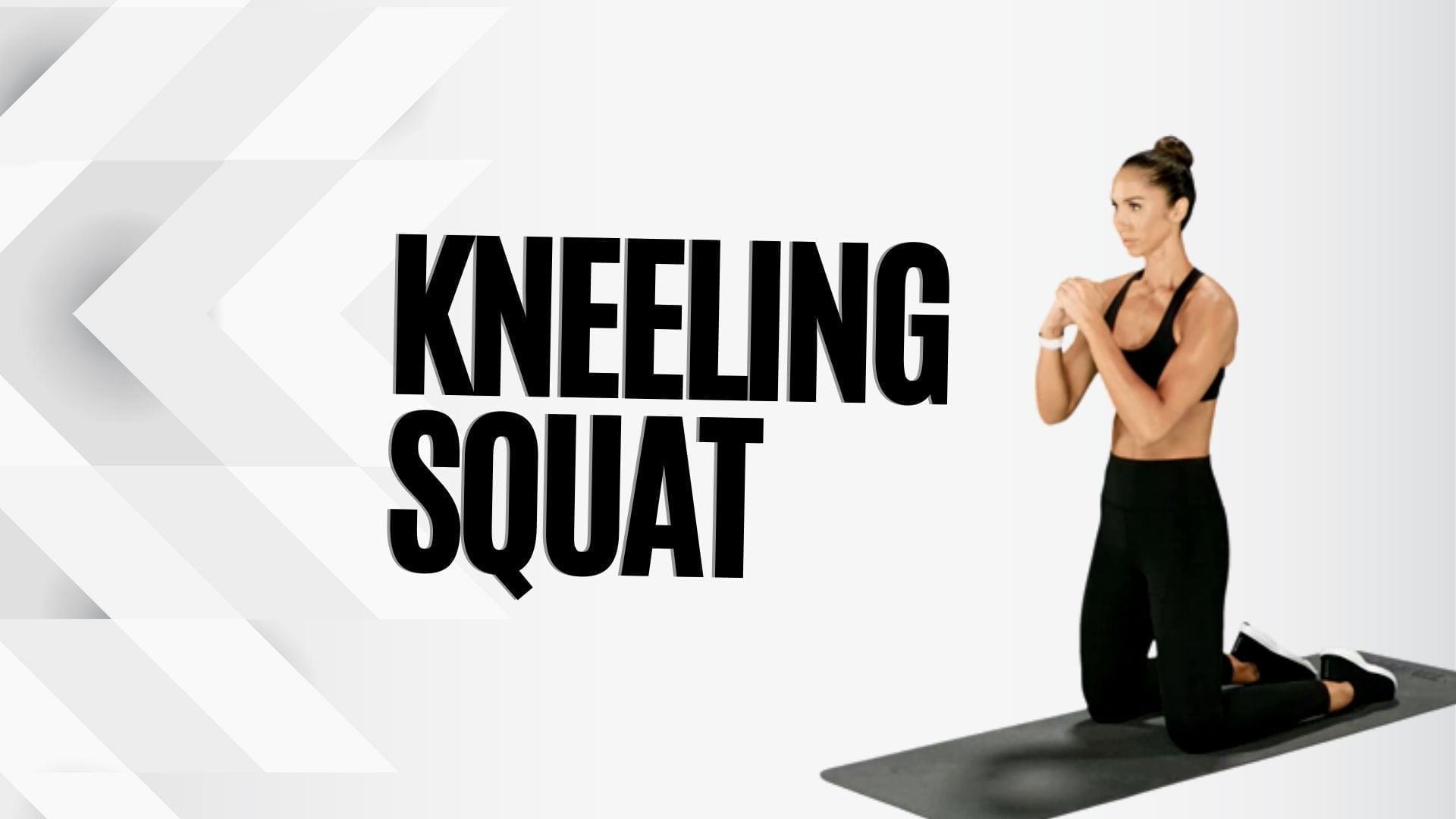
Kneeling Squat: A Beginner-Friendly Leg Exercise
You may have seen people doing a kneeling squat at the gym.
You might be wondering how effective it is compared to a regular squat.
Do you find it more difficult on your knees?
How does that affect the muscles if you don’t perform full range?
It’s possible to wonder if performing a kneeling squat is safe and effective.
This article will discuss all aspects of the kneeling squat and include it in your training.
What Is The Kneeling Squat?
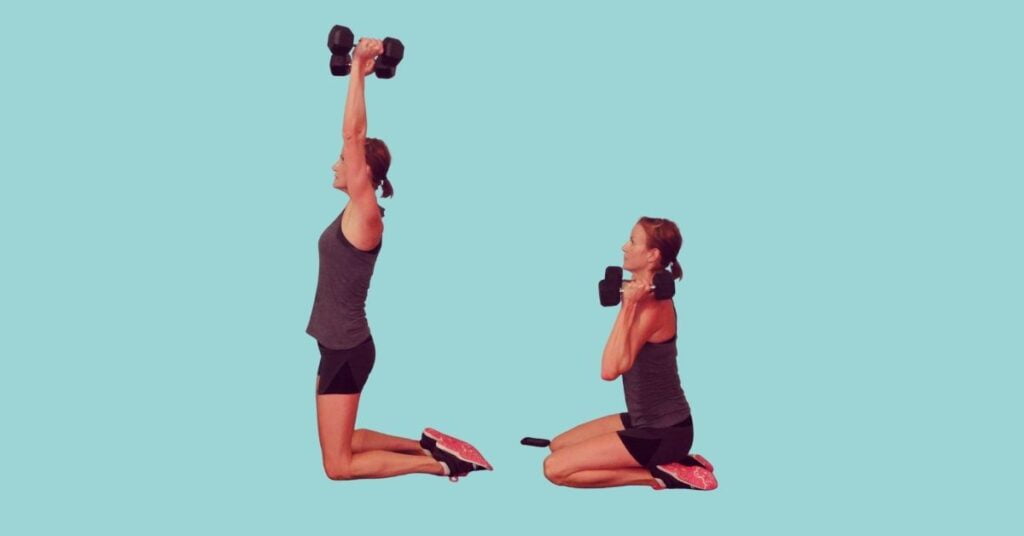
The kneeling squat allows you to strengthen your lower body and protect your knees while working the larger muscles.
The traditional barbell squat is undoubtedly the most powerful strength exercise that you can do.
Still, it may be difficult for people with knee problems.
If you have minor tendon and joint problems, the kneeling squat is your best choice.
If you have any injuries, consult your doctor before you begin these exercises.
The kneeling squat can be done with or without equipment and is extremely versatile.
While bodyweight kneeling squats can be done easily, you can also use dumbbells or resistance bands to make them more challenging.
You can improve your regular squat by kneeling squats if you struggle to activate your glutes.
Kneeling squats using a barbell activate your glutes better than any other type.
How To Do A Kneeling Squat
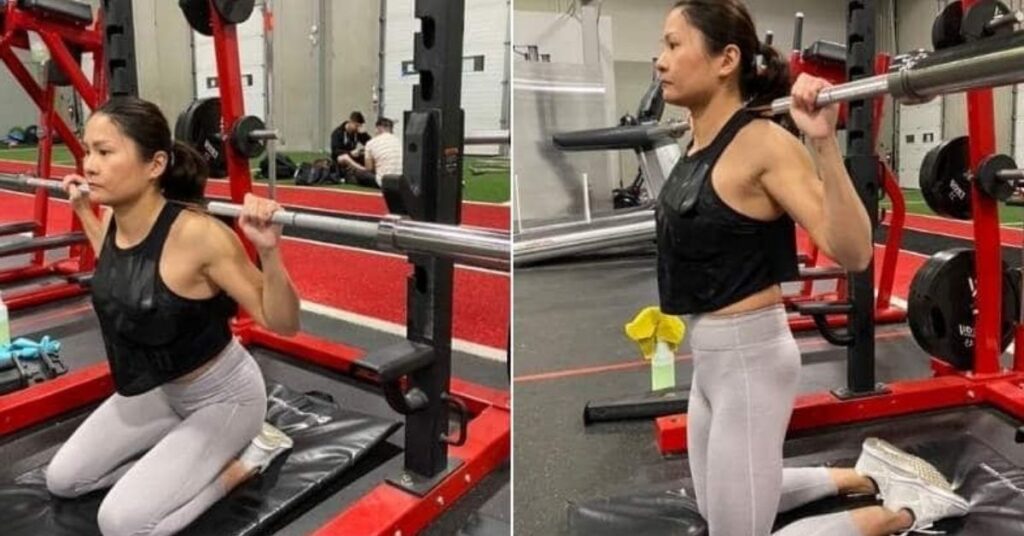
To provide more support and comfort, it’s best, to begin with, a padded mat.
You can do exercises on a bed if you suffer from bad knee pain but still want to exercise.
Step 1
Start on the mat in a kneeling position.
Keep your knees wide.
Your knees should be at least shoulder-length and in the same position as if you were doing regular squats.
Step 2
Keeping your back straight and core engaged, lower your hips until your glutes touch the ground.
Step 3
While keeping your back straight and your head up, extend the pelvis forward in the same manner as you would for a deadlift.
Like the deadlift, you will want to squeeze your glutes at the top of the motion.
Tips
Make sure you stay centered when you’re lowering down.
Kneeling Squat Muscles Worked
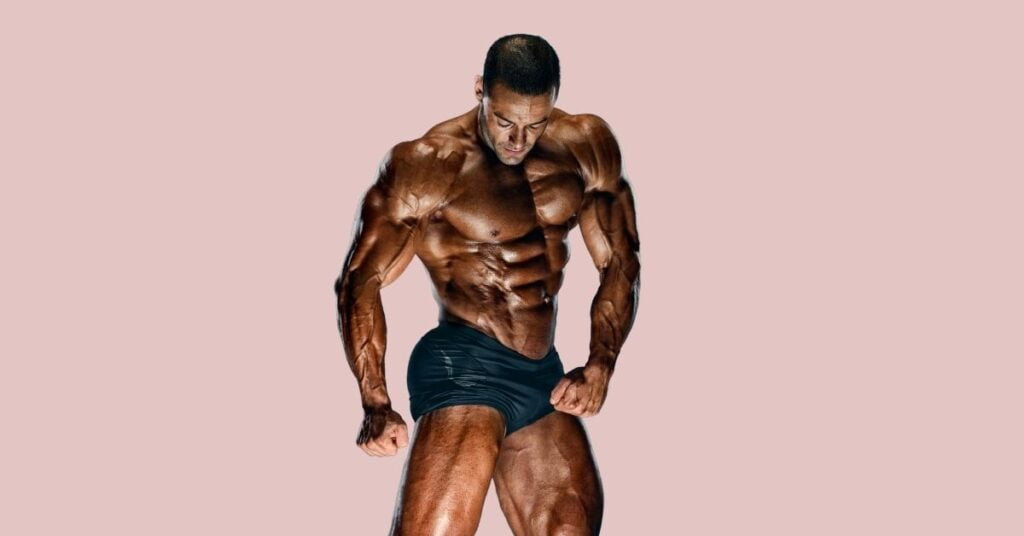
While the primary focus of the kneeling squat is on your glutes and quads (but here’s how you can break it down), the following are the muscles being used.
Quadriceps
The quads are responsible for stabilizing the body by assisting with the kneeling squat.
The quads will absorb most of the resistance.
The primary driver of the kneeling, or squat, is the glutes.
They are similar to the regular squat, and they are always engaged.
Not only are they responsible for driving up, but they also handle resistance during the eccentric phase.
Hamstrings
The hamstrings help stabilize the body during a kneeling or squat.
They can also be engaged during movement, but not as much as the quads or glutes.
Hip Flexors/Adductor Magnus –
The hip flexors play a key role in this movement.
They support the upper body and help drive the body and weight forward.
This can be used to enhance other lifts, such as the deadlift.
Lower Back
The lower back and spinal levers support the whole body during movement.
Core/Abs
Any squatting motion can be transformed into a core workout.
The abs must be engaged with the lower back to support the torso.
You want to ensure your abs are tight throughout the motion.
This will keep your body stable and help prevent injury.
The Kneeling Squat Benefits
These are the main benefits of the kneeling squat.
- This is a great way to strengthen the quadriceps, hamstrings, and glutes.
- This is a great exercise to strengthen your core and can be done anywhere.
- It is versatile and can be used with dumbbells or barbells and bodyweight and dumbbells.
- You can activate the glutes by not doing larger hip thrusting movements.
- This improves the regular squat and stimulates glute activation.
- A great alternative to regular squats
- Develops power, strength, stability
- Stabilizes and strengthens the lower back
- This low-impact exercise is great for rehabbing or for people with injuries. It also provides good training for novice lifters who master proper muscle control through a squat.
2 Cons Of The Kneeling Squat

There are always drawbacks when doing a kneeling squat.
Two cons to the kneeling squat:
- Reactivates Fewer Muscles
- Knee Pressure
#1 Fewer Muscles Activated
Standing squats are more functional than kneeling squats.
This is the main reason why lifters choose standing squats over them.
Because it activates more muscles, allowing the lifter to move through a full range.
Quad activation is increased when there’s a full range of motion.
A stable base can mean stabilization.
Core muscles are used for more than correct posture.
Standing squats or deadlifts are good exercises to build lower body mass and strength.
If you do them correctly, they should be pain-free.
#2 Apply Pressure To The Knees
Even the best yoga mats and knees will not support your knees enough to allow you to do squats.
This severely limits your weight lifting abilities.
It will cause discomfort and injury to your kneecaps.
This restriction will prevent you from stimulating all the muscles you use, limiting quad activation as well as glute hypertrophy.
Common Mistakes In The Kneeling Squat

Although the kneeling squat seems simple on its face, some common mistakes that lifters make.
These are the most common mistakes in the kneeling-squat and how you can avoid them.
#1 Too Rapidly Dropping
The knees should be in total flexion at the bottom.
Too fast into the squat could cause the glutes to disengage, putting pressure on the knee joints.
Engaging the glutes and controlling your downward movement can strengthen the muscles around the knee and prevent injury.
#2 Forward Thinking
It’s tempting to lean forward as you descend into the squat.
Instead, you want your core to be strong, and you need to stay upright.
Common mistakes include leaning to one side or the other.
You can avoid these errors by bringing your shoulder blades down and engaging the core.
Keep your head up and keep your eyes forward as you lower.
You can also press the top of your movement to support hip extension.
#3 Overloading The Weight
It can be tempting for the knees to provide a stable foundation, so it is tempting to overload the kneeling position with resistance.
This is not the ultimate goal of this exercise.
Glute activation is the main goal, and it doesn’t require weight.
To reap the full benefits of kneeling down squats, you should focus on form and maximal contraction.
Kneeling Squats Vs. Regular Squats Vs. Kneeling Squats: What Is The Difference?

The starting position is what makes a difference between regular and kneeling squats.
Air squats are also known as bodyweight squats.
They activate all of your muscles.
These exercises are performed standing up and require you to bend your knees and ankles to parallel your legs to the ground.
To lower and lift your body, kneeling squats can be done in a kneeling position.
Who Should Do A Kneeling Squat?
While kneeling squats are a good exercise, they should not be a staple of your routine.
They can’t be overloaded or lacking stimulation in key muscle groups.
They are useful as an additional exercise to deadlifts and squats.
These are most useful for lifters who:
Are you experiencing knee pain, joint problems, or are you recovering from a knee injury?
Those who have difficulty with glute activation while doing deadlifts or standing squats are also safe for beginners looking to activate glutes in the squat.
How To Program A Kneeling Squat
Besides deadlifts and squats, you can incorporate kneeling squats into your training.
A kneeling squat is a good option for lifters who have difficulty activating the posterior chain, particularly the glutes, on squats.
This exercise is all about mind-muscle connection.
You don’t need to overdo it. Just raise the barbell high enough for glute activation.
High reps should be performed for kneeling squats for 3-4 sets.
You may need to increase your weight if you are trying to rehab an injury.
However, don’t overload as we discuss in the cons section.
Perform fewer reps than you would for a standing squat.
Modifying Or Varying The Kneeling Squat

Weak Ankles
Instead of resting your top foot on the ground, curl your toes so that your heels are above the floor.
You can repeat the same motion, but the stretch will be less deep this time, which is particularly helpful for those with weaker ankles.
Exercise Bands
Place an exercise band around your legs, just below the knees.
As you continue to follow the steps above, keep the band taut.
Glute activation is increased by the extra resistance of the band, making it more difficult and challenging.
Resistance Bands
Securely tie your resistance bands to something that won’t move.
You could also tie them to something behind you or wrap them around your feet.
Place your arms so that the bands are at your waist. Follow the same steps as previously.
Your hips will now be pressing against the band, making it harder for your glutes.
Kneeling Squat Alternatives

The kneeling squat can supplement your exercise routine, but other exercises will work similarly.
Let’s look at some popular alternatives to the kneeling squat.
Hip Thrusts
Hip thrusts target the glutes just as the kneeling squat.
A hip thrust is a great alternative if you don’t like being on your knees.
You will need your back against a sturdy object such as a bench or box.
Your feet should be flat on the ground and your shoulders wide apart.
Press your weight through your heels, engage your glutes, and drive your hips upward toward the ceiling.
Stop when your thighs meet the ground.
Then, pause at the top and slowly descend toward the starting point, keeping your core engaged.
Step-Ups
This step-ups target the quads and glutes.
They are a great option for people who don’t want to be kneeling.
Start by standing close to a box or bench at a height that your knees are 90 degrees.
Once your foot is flat on top, you can move your weight through your hips.
Once you have found the right-sized bench, push your weight through your heel to get up on top of it.
Continue driving forward, ending with full hip extension at its top.
Slowly lower yourself to the original position without jumping off the box towards the ground.
You can do this by switching legs or focusing on one of the sides at a given time.
Glute Bridge
Glute bridges are great for targeting the glutes, abs, and knees.
To begin, lie on your back on the floor with your knees bent and your feet flat on the ground.
Place your feet shoulder-width apart.
Engage your core, squeeze your glutes, and drive your weight through your heels.
Press your hips toward the ceiling.
You’ll see a straight line running from your shoulders to your kneecaps in a side-view.
Keep your back straight while you press up at the top.
Then, slowly lower yourself to the ground.
Kettlebell Swing
A complex and very powerful compound movement that targets your posterior chain, kettlebells can be used to strengthen the glutes as well as the abs and hamstrings.
Start the swing with your feet shoulder-width apart and the kettlebell about a foot in front.
Engage your glutes by hinging at the hips.
Grab the kettlebell with both of your hands without letting your back arch or dip.
Tension is high in the hamstrings.
Keep it up!
Move your shoulders back, bringing your kettlebell to your chest.
Then, lift the kettlebell off the ground and swing it between your legs in an effortless, fluid motion.
Now, reach through your hips to engage your glutes, and then swing the kettlebell forward in front of yourself.
When the kettlebell reaches eye level, your shoulders, hips, and knees should be straight.
After the swing is completed, the kettlebell falls between the legs, and the swing continues for the next rep.
Last Words
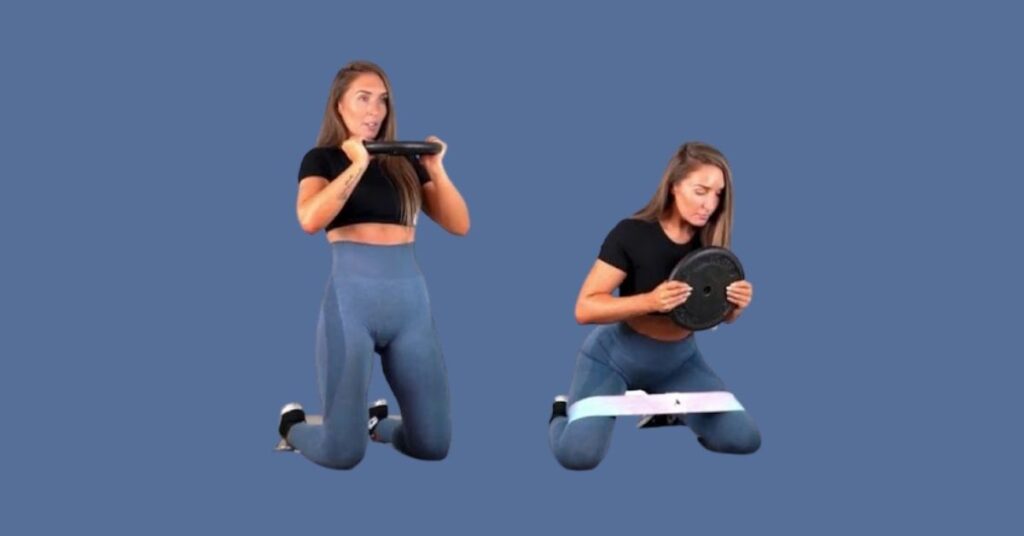
The kneeling squat can be a great exercise to improve regular squats and increase glute activation.
This can be extended to other exercises, such as deadlifts and lunges or explosive jumping moves.
Also, kneeling squats can be a good core exercise to strengthen and improve stability.
They are a great choice for people with joint or knee pain.
Although they are similar to regular squats, they require a unique technique and a greater muscle concentration.



